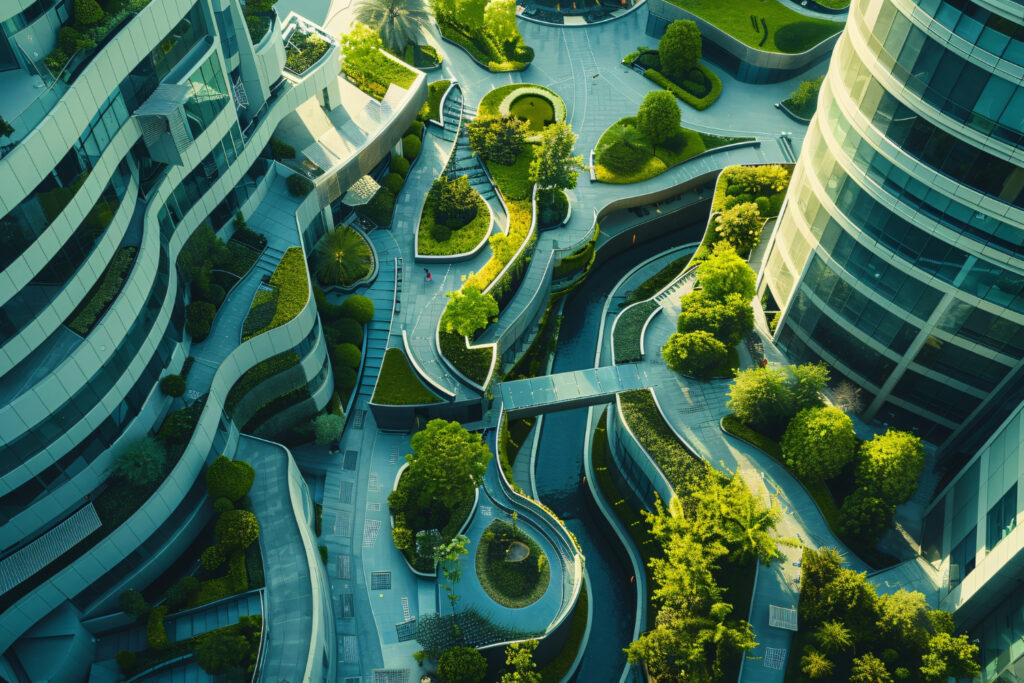Projects Integrating Biotechnology into Urban Design

La integración de organismos vivos y materiales biodegradables en la arquitectura urbana redefine la sostenibilidad de las ciudades.
Biotechnology is transforming urban design by introducing innovative approaches that promote sustainability and efficiency. One of its main contributions lies in the use of sustainable materials. The growing need to build greener cities and reduce the environmental impact of construction has led architects and designers to explore materials derived from living organisms. These materials—such as biobricks created from bacteria that solidify sand, or mycelium-based products—offer not only environmentally friendly alternatives but also surprising physical properties.
Biobricks, for instance, demonstrate strength comparable to that of conventional bricks while having the added benefit of absorbing and storing carbon dioxide during their growth. Moreover, these materials are renewable and biodegradable, contributing to a circular economy in construction by allowing for their recycling at the end of their lifecycle. This approach not only reduces reliance on non-renewable resources but also minimizes the waste generated by the sector.
Dynamic and Adaptive Facades
Another groundbreaking aspect biotechnology brings to urban design is the development of dynamic facades. These architectural skins are engineered to respond to environmental conditions using materials that react to sunlight, temperature, and humidity. By integrating sensors and intelligent systems, these facades allow for precise control of indoor environments, enhancing the energy efficiency of buildings.
The design of these facades often draws inspiration from nature. The adaptive capacities of certain organisms are studied to create systems that automatically regulate temperature and light, thereby improving occupant comfort. This not only lowers energy consumption but also enhances quality of life by providing a healthier and more appealing indoor environment. By incorporating materials capable of changing their properties—such as transparency or thermal conductivity—urban design becomes more adaptable and efficient.
Living Architecture as a Sustainability Model
Living architecture represents one of the most compelling expressions of biotechnology in urban design. This approach involves integrating living organisms into buildings, creating environments that serve not only as shelters but also as contributors to the urban ecosystem. Living architecture projects often include features such as vertical gardens and green roofs, which beautify the city while improving air quality, capturing carbon dioxide, and managing rainwater.
Algae bioreactors are a prime example of such projects. These systems can capture CO₂ and generate renewable energy through photosynthesis. Additionally, they add aesthetic value to the urban landscape, turning buildings into dynamic, living structures that interact with their surroundings. The implementation of living architecture not only fosters biodiversity but also enhances the resilience of cities in the face of climate challenges.
Biotechnology is revolutionizing urban design by integrating innovative solutions that address urgent environmental issues. Through the use of sustainable materials, dynamic facades, and living architecture concepts, a more responsible and environmentally conscious urban environment is emerging. This approach aims not only to beautify cities but also to create spaces that improve quality of life, paving the way toward a more sustainable and balanced future. As biotechnology continues to advance, its integration into urban design will unlock exciting opportunities to rethink how we live and interact with our environment.








